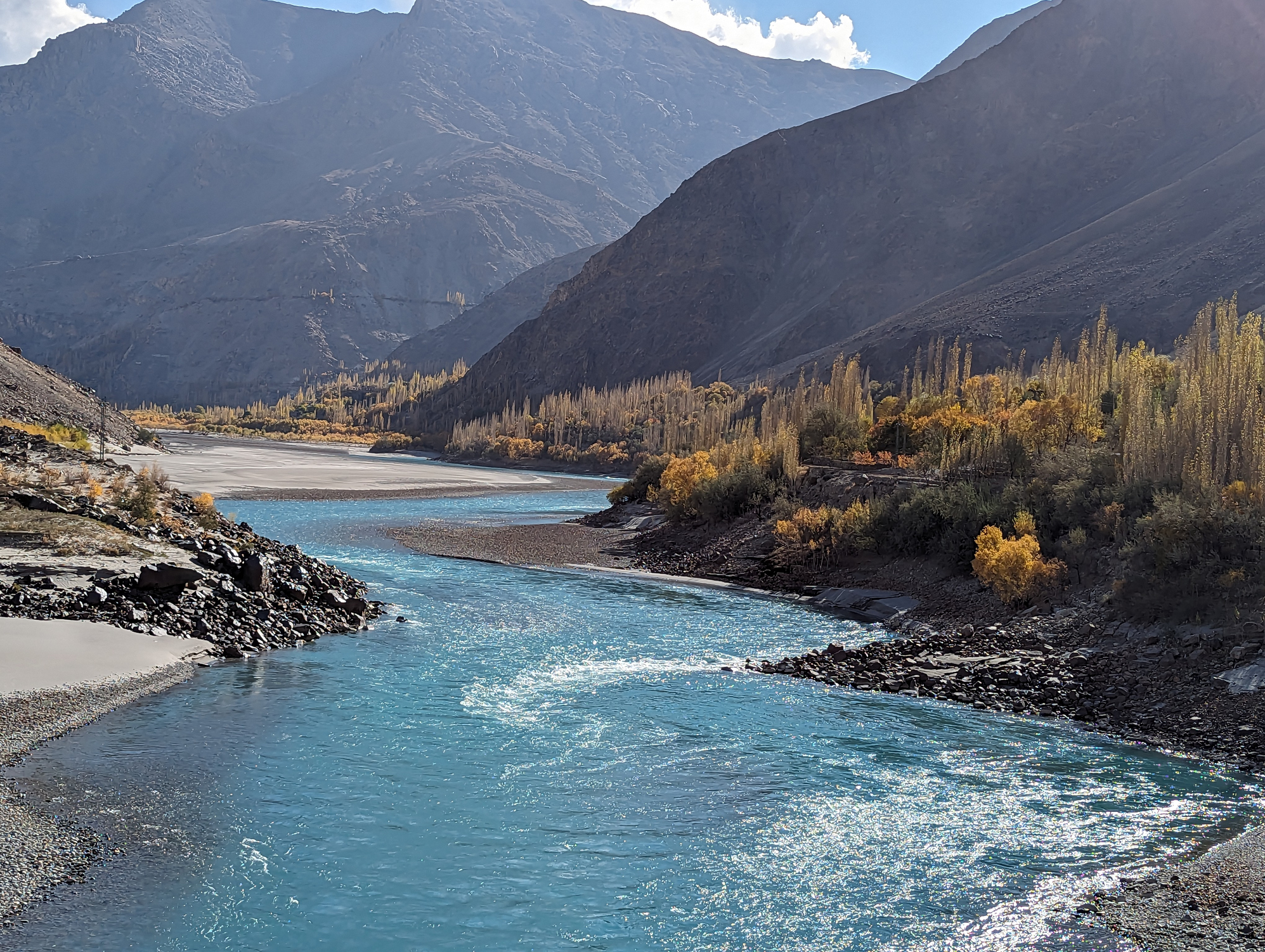- Sunday, June 15, 2025
The Indus system irrigates 90 per cent of the country’s food crops. Its major exports wheat, rice and cotton are vulnerable to water disruptions

By: India Weekly
INDIA’S move to suspend the Indus Waters Treaty (IWT) of 1960 on Wednesday (23) could have serious repercussions for Pakistan’s agriculture and its economy, experts have warned.
India has said the treaty will be held in abeyance with immediate effect, until Islamabad abjures its support for cross-border terrorism.
The move comes after the killing of 26 people at a tourist hotspot in Pahalgam in Jammu and Kashmir on Tuesday (22).
What could be the impact of this move?
The Indus system of rivers comprises the main river – the Indus – along with its five left bank tributaries, namely, the Ravi, the Beas, the Sutlej, the Jhelum and the Chenab.
The right bank tributary, the Kabul, does not flow through India.
The Ravi, the Beas and the Sutlej are together called eastern rivers while the Chenab, the Jhelum and the Indus main are called as western rivers.
According to the treaty, all the waters of the eastern rivers – Sutlej, Beas, and Ravi with an average annual flow of around 33 million acre feet (MAF) is allocated to India for unrestricted use.
The waters of western rivers – Indus, Jhelum, and Chenab, with an average annual flow of around 135 MAF is allocated largely to Pakistan.
At the time of Independence, the boundary line between Pakistan and India was drawn right across the Indus Basin, leaving Pakistan as the lower riparian and India as the upper riparian.
Pradeep Kumar Saxena, who has served as India’s Indus Water Commissioner and associated with work related to the Indus treaty, said India has multiple options.
India’s choices
“This could be the first step towards the abrogation of the treaty, if the government so decides,” Saxena told PTI on Wednesday (23).
“Although there is no explicit provision in the treaty for its abrogation, Article 62 of the Vienna Convention on Law of the Treaties provides sufficient room under which the treaty can be repudiated in view of the fundamental change of circumstances which has occurred with regard to those existing at the time of conclusion of the treaty,” he said.
The long-term impact, however, depends on India’s ability to quickly develop the infrastructure required to utilize its full share of the Indus basin’s western rivers – a process that could take a decade or more.
Listing out the steps India could take, Saxena said in the absence of the treaty, India is under no obligation to follow the restrictions on the “reservoir flushing” of the Kishanganga reservoir and other projects on western rivers in Jammu and Kashmir.
The Indus Water Treaty currently prohibits it.
Flushing can help India desilt its reservoir but then filling the entire reservoir could take days. Under the treaty, reservoir filling after the flushing has to be done in August – peak monsoon period – but with the pact in abeyance, it could be done anytime.
Doing it when sowing season begins in Pakistan could be detrimental, especially when a large part of Punjab in Pakistan depends on the Indus and its tributaries for irrigation.
According to the treaty, there are design restrictions on building structures like dams on Indus and its tributaries.
In the past, Pakistan has raised objections over the designs but in future it will not be obligatory to take the concerns onboard.
There are also operational restrictions on how reservoirs are to be filled and operated. With the treaty in abeyance, these are no longer applicable.
Saxena said India can stop sharing flood data on the rivers. This could also prove detrimental to Pakistan, especially during the monsoon when rivers swell.
Economic impact
Himanshu Thakkar of the South Asia Network on Dams, Rivers and People (SANDRP) said, “The treaty has no provision for unilateral suspension. On the eastern rivers, India is already utilizing most of its allocated share. The real issue is with the western rivers – Indus, Jhelum and Chenab – where infrastructure limitations prevent us from immediately stopping water flows.”
“We have several projects underway in the Chenab basin that will take five to seven years to complete. Until then, water will continue to flow to Pakistan by gravity. Once these are operational, India will have control mechanisms that currently do not exist,” Thakkar told PTI.
Pakistan’s economy, already under strain, could face further stress as agriculture contributes 22.7 per cent to its GDP and employs 37.4 per cent of the workforce, according to its 2022-23 Economic Survey.
Shripad Dharmadhikary, environmental activist and founder of Manthan Adhyayan Kendra, emphasized the critical importance of the Indus river system for Pakistan. “The entire Indus basin’s agriculture and economy are heavily dependent on the river’s waters,” he said.
According to the World Bank’s “Pakistan: Getting More from Water” (2019) report, the Indus system irrigates 90 per cent of the country’s food crops. Wheat, rice and cotton – major exports that earned USD 4.8 billion in 2022 (State Bank of Pakistan) – are particularly vulnerable to water disruptions during crucial growth periods.
Dharmadhikary also cautioned against assuming that India could rapidly divert water flows. “At present, we lack the major infrastructure needed to stop water from flowing into Pakistan,” he said. “Constructing such systems would take around a decade and could be viewed as an act of war.”
“If we declare the treaty annulled and attempt to stop water flows, it might take 10 years to implement. But that would represent a serious escalation — cutting off water can be considered an act of war,” he told PTI.
Dharmadhikary, however, said while large-scale diversion is years away, short-term disruptions are possible. “For example, we could halt environmental flows into the Neelam or Kishanganga river by altering reservoir operations,” he said. (PTI)